Jim Backus: Remembering the Man Who Gave Us Mr. Magoo and Mr. Howell | First For Women
You'd think that late actor Jim Backus would have felt a bit elevated from ordinary folks when you consider that he spent a good portion of his life being referred to by fans and critics alike as "Mister." Well, that's what you might think, until you realize that it was first as Mr. Magoo, the near-sighted cartoon character of the big screen and the small; and then as Mr. Howell, aka Thurston Howell III, on the ever-popular classic TV show Gilligan's Island.
Born James Gilmore Backus on February 25, 1913 in Cleveland, Ohio, he was raised in Bratenahi, a wealthy village. Backus spent his teen years getting small roles in stock theater companies before attending the American Academy of Dramatic Arts in New York City, which he graduated from in 1933. Four years later, he managed to score roles in Broadway productions of Hitch Your Wagon and Too Many Heroes. Unfortunately, work was sparse and he realized he would have to expand his horizons beyond the stage.
As he would recall, "I started out to be a serious, legitimate actor, but the yen to eat overcame my artistic urge. Along with countless other actors, I went into radio. The theater, of course, was unaware of my decision and struggled along without me. I became a member of a very strange fraternity that might be called 'Actors Anonymous.'"
(MUST READ: 1950s TV Sitcoms — 40 Classic (and Not So Classic) Shows, and Where to Stream Them)
His Early Career
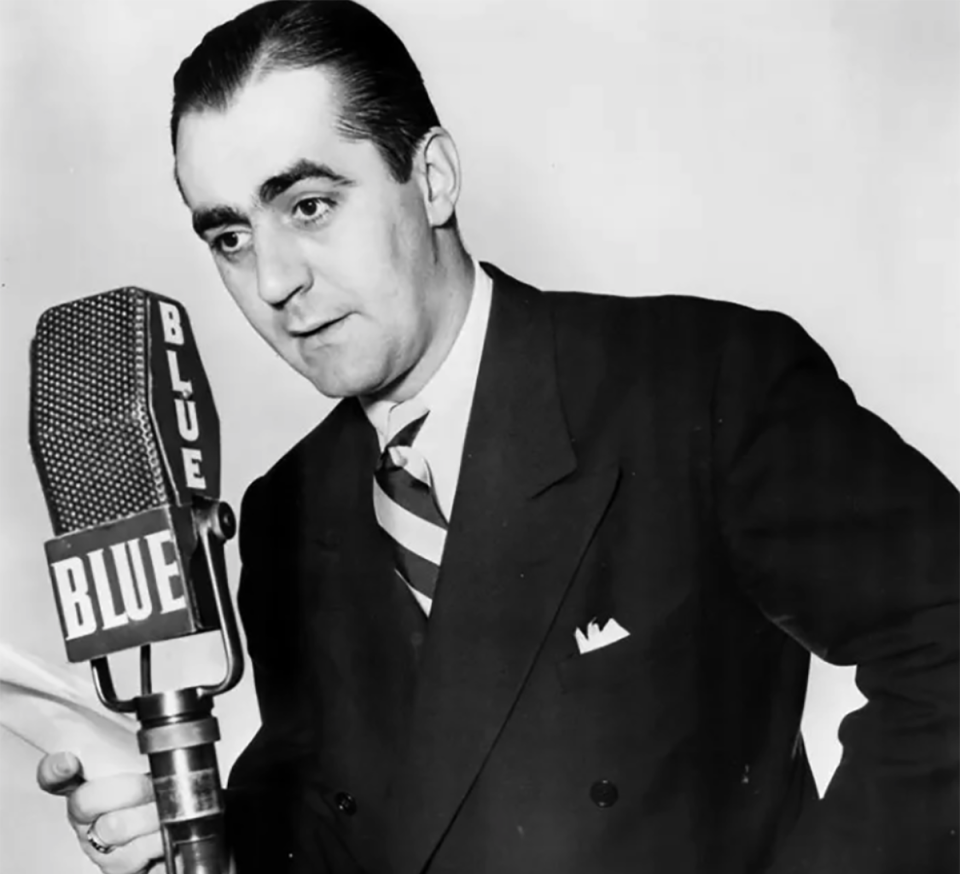
BLUE/Wikipedia
Jim Backus appeared in some bourbon print ads in 1940, and two years later found himself hosting local radio comedy series The Jim Backus Show. That same year, he narrated the radio documentary The Nation at War, and with the cancellation of his own show, ended up making appearances on numerous others. It was also during this period where he found himself married ... twice; first to Betty Kean from 1939 to 1942, and then to Henrietta "Henny" Kaye, a Broadway showgirl, in 1943, the two them remaining together until his death.
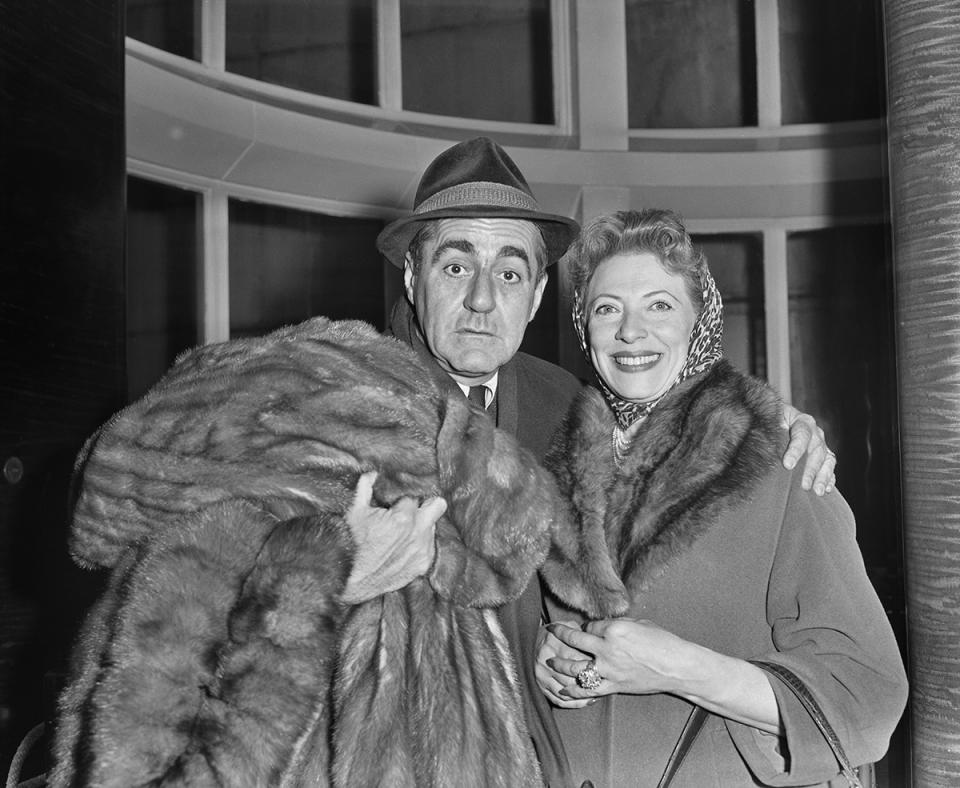
. Evening Standard/Hulton Archive/Getty Images
Between 1944 and 1949, he was a part of the The Alan Young Show on radio (Young would go on to play Wilbur Post on the TV series Mister Ed). One of that show's writers was Sherwood Schwartz, who would go on to create Gilligan's Island and The Brady Bunch, and who created a character for Backus named Hubert Updike III, an early version of the Mr. Howell character. He would get another shot at his own show in 1947, but it didn't last long, though that didn't deter him from appearing on a variety of other series, earning a nice living doing so.
As he told the New York Daily News at the time, "I did a guest shot with Bob Hope. We drove to Palm Springs through the California sunshine. We had a wonderful dinner. After the show, we wandered leisurely around the town and visited a few casinos. For this I got a fat check."
(MUST READ: 12 Brady Bunch Behind-the-Scenes Facts You Probably Never Knew)
Jim Backus in Hollywood
He began auditioning in Hollywood and between 1948 and 1950 appeared in a number of films, usually playing the "best friend" or a cop in a gangster film. In between that period, though he didn't realize it at the time, his life was impacted by the fact that he voiced the cartoon character Quincy (aka "Mr.") Magoo in the big screen animated short "Ragtime Bear." What's interesting is that the bear was supposed to be the star, but something about Mr. Magoo just popped with audiences.
"As a result," recounted mercurie.blogspot.com, "UPA launched an entire series of Mr. Magoo shorts. Mr. Magoo proved extremely popular in the 50s and 60s. Two of the theatrical shorts won Oscars for Short Subject (Cartoon); Mr. Magoo would appear in his own feature films [1959's 1001 Arabian Nights] and three TV series."
For his part, Jim Backus explained to The Times of San Mateo that on radio you had to have an alternate voice you could use should you be cast in two parts on the same show. "My radio double was similar to the voice that became Mr. Magoo," he said. "I added his laugh when I was entertaining friends at parties, then locked in on the whole thing when they asked me to do the voice for Magoo. In the beginning, he was a dirty old man. Half the time you couldn't understand what he was saying, he just used to mumble."
Apparently he was too successful in the role, as, in an effort to keep costs down, the company behind the shorts, UPA, attempted to replace him. "When my contract was up," he said, "they tried other guys for the voice, but even if the others could match by voice, they couldn't match my ad-libs. When I do Magoo, I'm always saying something under my breath. If they ever figure out what I was saying, I'd be in a jam."
(MUST READ: Flintstones Characters: The Inside Scoop on Fred, Barney, Wilma, Betty and the Actors Who Voiced Them)
Television Beckons
Making the shift to television, from 1952 to 1955 he co-starred with actress Joan Davis in the sitcom I Married Joan. He portrays Judge Bradley Stevens, married to the scatterbrained, and Lucy Ricardo-like, Joan. During an interview with the Oakland Tribune, he pointed out that he credited his being cast to a suit.
Said Jim Backus, "Some years ago, I was in a dog of a film where the studio outfitted me with a $150 suit. You know, the kind that makes you look like a Wall Street banker. It was tailored for my exact measurements, so the studio let me have it for $25 after the picture was finished. So far I have worn it on 22 different interviews and screen tests, and it always gets me those distinguished parts."
Looking back, he wasn't fond of the experience, stating to the Appeal-Democrat that he wouldn't be interested i another series unless he actually owned it. "A series like I Married Joan dissipates you as a personality," he explained. "I played a judge on the show and after a while, every time my name would come up, everyone would think of me as just that — that kindly judge on the Joan Davis show. If I'd wanted the role of, say, the drunken father on Peyton Place, they'd say, 'Oh, no, not Backus. He's the kindly judge.' I was so lovable for a while there, it was kind of sickening."
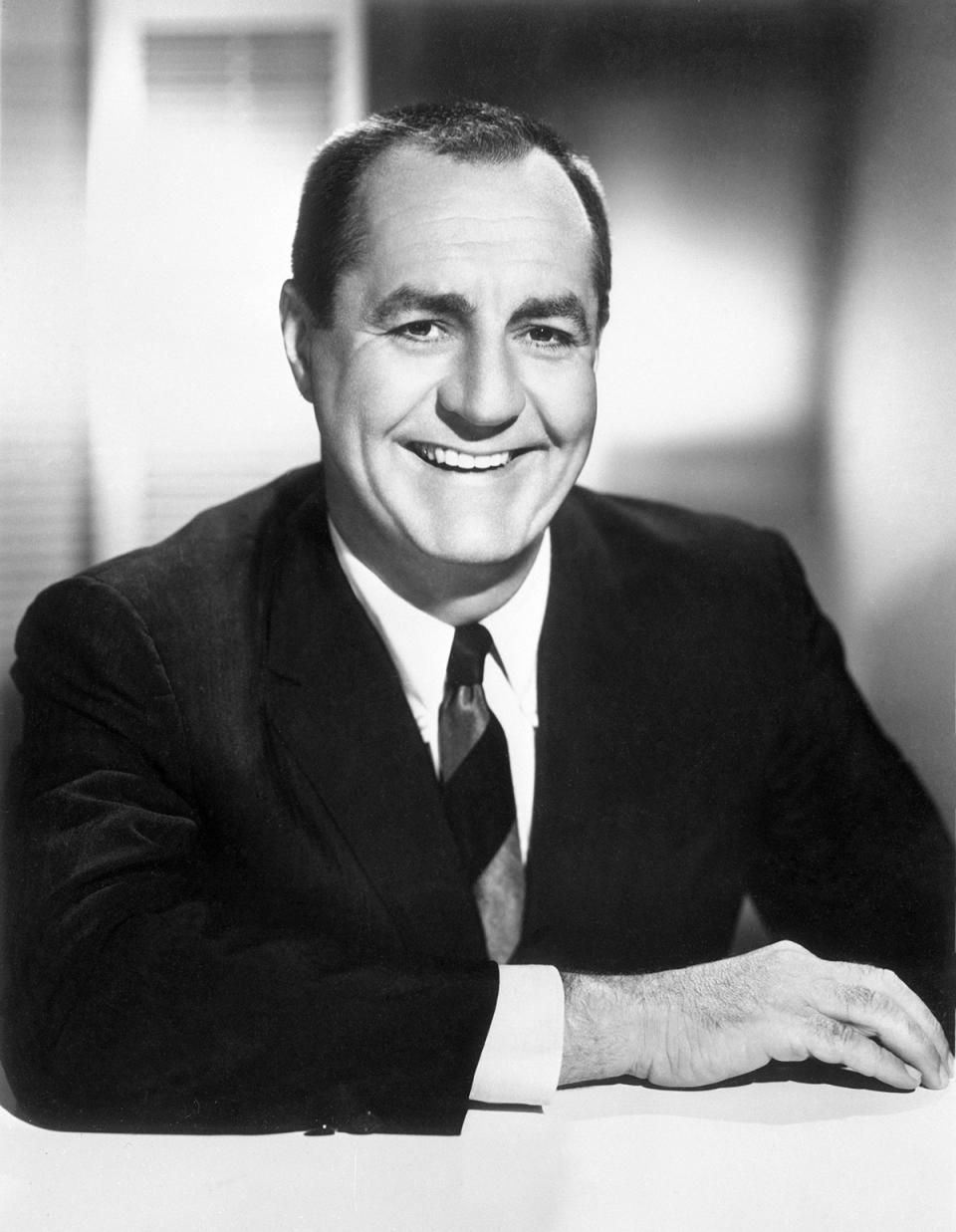
Getty Images
In the book Joan Davis: America's Queen of Film, Radio and Television Comedy, author David C. Tucker expanded on Backus' frustration: "I Married Joan gave Jim three years of steady work and made him better-known to television audiences, but in some ways it was a frustrating experience. He wanted to be Joan Davis’ full-fledged co-star in the series, but the scripts put the comic emphasis on her.
He continues, "Playing her wacky character’s level-headed husband didn’t allow him full range to be as funny as he could be. The reruns played for years afterward, and he worried that he would be typecast in a role that he wanted to move beyond. I Married Joan wasn't entirely a one-woman show, but it was designed to be a vehicle for Joan Davis' comedy."
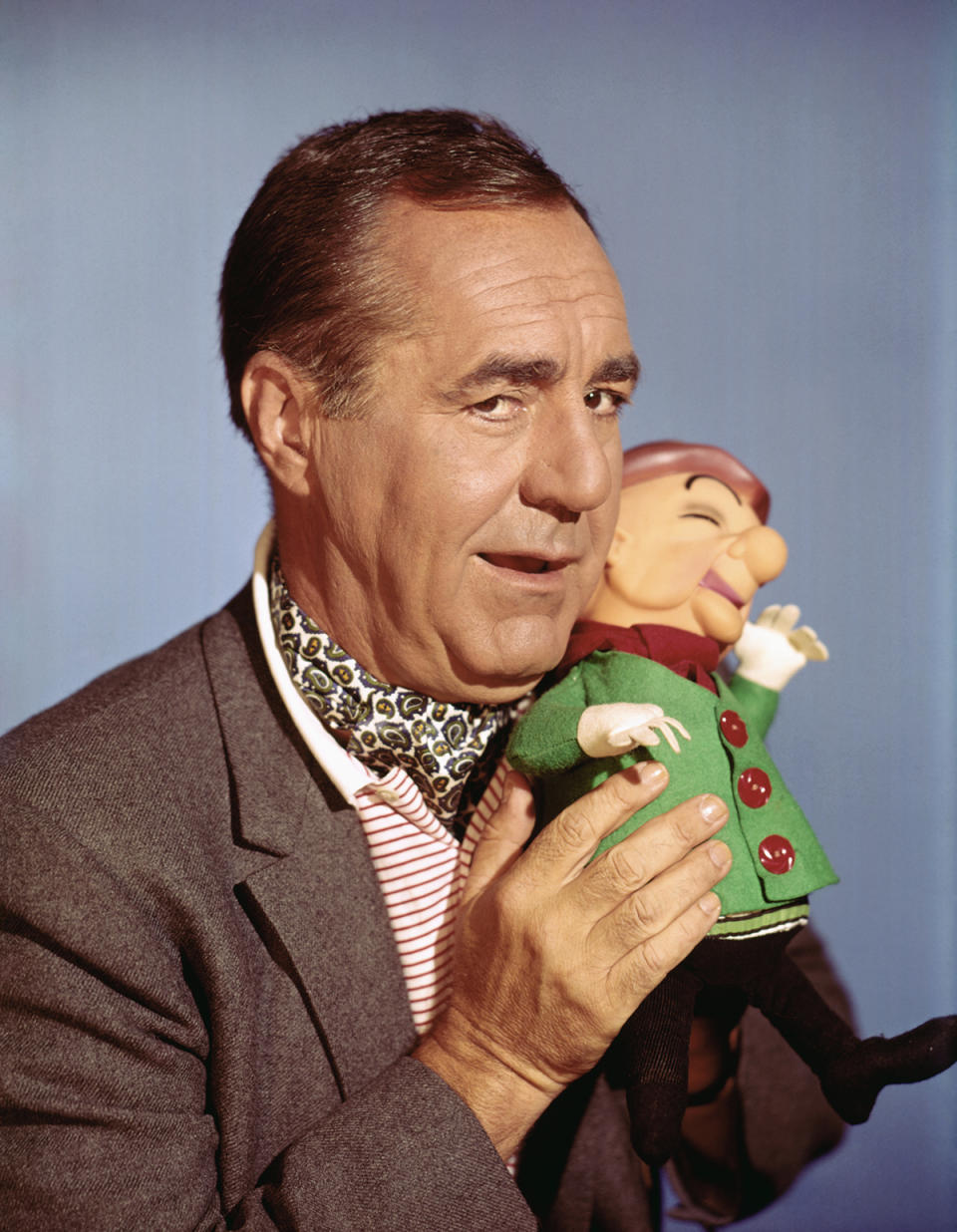
Getty Images
While shooting I Married Joan and appearing in a number of big screen features (including the James Dean classic Rebel Without a Cause), and voicing Mr. Magoo for dozens of theatrical shorts, it was back to radio regularly from 1957 to 1958 with the new Jim Backus Show, a variety series. “Radio can do things that TV can’t do,” he related at the outset of that series. “A show like this gives me a chance to take a crack at topical things. We can make jokes about a party the day after it happens. Another thing radio does that TV can’t is paint a word picture. And radio gives you a chance to experiment more. You don’t have to worry if you miss once in a while. The world doesn’t collapse.”
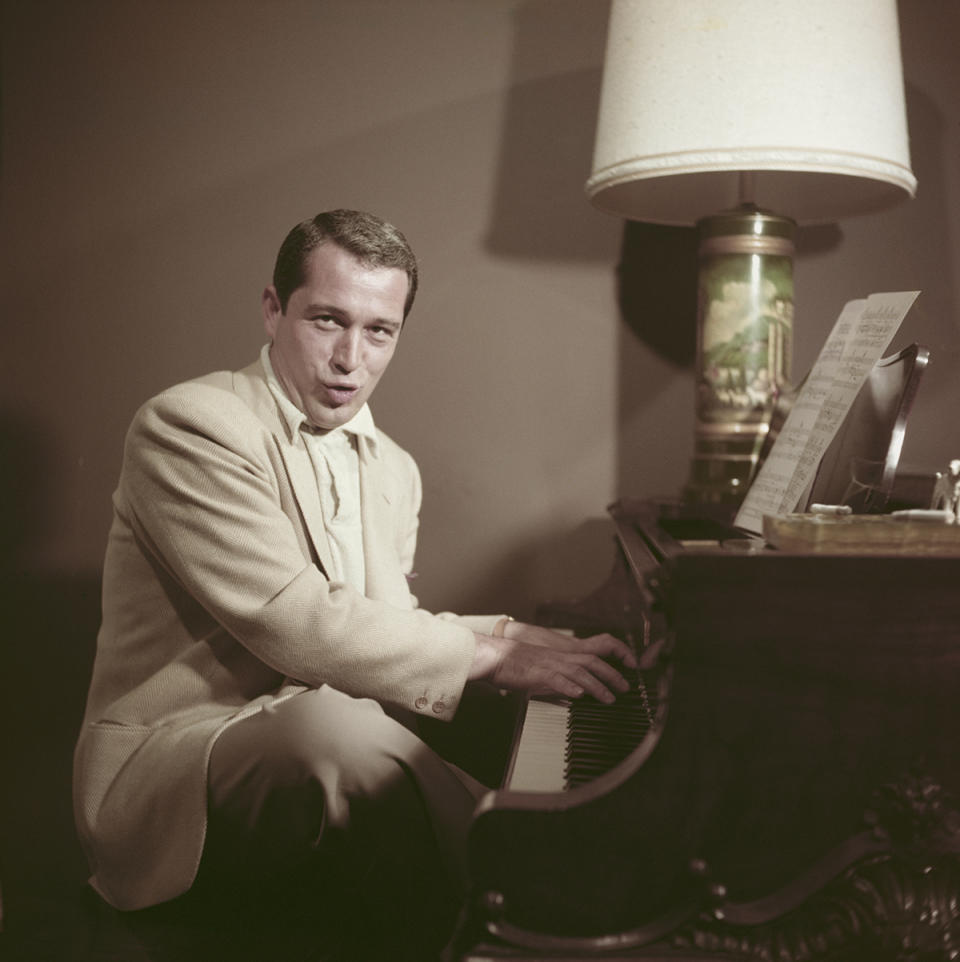
Archive Photos/Getty Images
While speaking to the Independent Star-News, you certainly could sense his continuing frustration with television as a medium, noting that his type of comedy had pretty much vanished from TV.
He said in 1957, “I feel the only people with talent, like Sid Caesar and Jackie Gleason, have been taken off. Now you have the relaxed school exemplified by Perry Como, which says, ‘Look at me, I can do nothing.’ In Hollywood, I heard a man saying that television would be all musicals this season. I was with Gene Kelly at the time and I thought he meant they’d be doing a lot of Broadway musicals on TV. But he didn’t mean that. He meant Perry Como and Dinah Shore. In the charcoal gray world, those shows are musicals.”
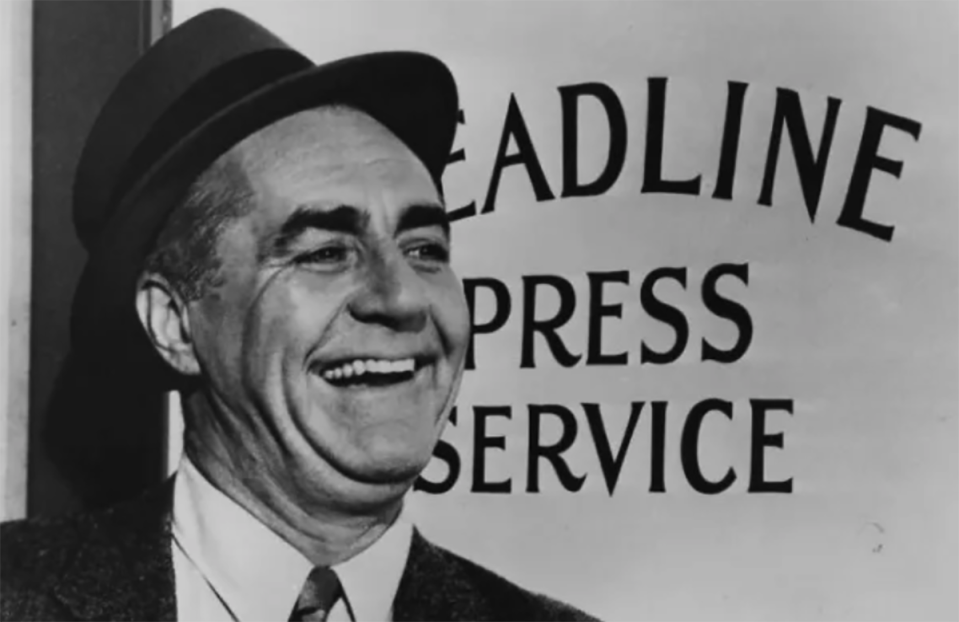
?California National Productions
All of this notwithstanding, Jim Backus was back on the small screen between 1960 and 1961 in a self-titled sitcom (also known as Hot off the Wire). In it, he plays Mike O’Toole, the owner and operator of a second-rate news service that he is struggling to keep alive. "I swore I'd done my last television series," he shared. "but I'm like the gambler who says, 'Just one more roll.' So now I'm back with the dice. One more series."
Other shows were offered without there being a script written yet, all of which he turned down, despite big names as co-stars being thrown his way. "I would say, 'Don't throw names at me. I've gotta know more than that about somebody I'll be spending more time with than my wife.' I don't care if they dug up George S. Kaufman and Shakespeare, I still had to see a script."
Apparently that didn't hold true when it came to Gilligan's Island, created by Sherwood Schwartz, who he had, as noted, previously worked with. "I got the call one afternoon when I was sitting around looking at my bank account," Backus joked, "and when I asked for a script, he told me if I read it, I wouldn't want to do the part. He was right, but his description of the series sounded so ridiculous, I figured it couldn't miss."
The seven stranded castaways of Gilligan's Island originally aired on CBS between. 1964 and 1967, and has been in reruns ever since, forever locking Jim — along with Bob Denver, Alan Hale, Jr., Natalie Schaffer, Tina Louise, Russell Johnson and Dawn Wells — in our collective classic TV memories.
Of Mr. Howell, Backus mused, "He's a rich, idiotic jerk. He wants to subdivide the island! But if you get angry at him, we've lost the point of the whole thing. There are only seven of us, nobody else. In a way, it's a relief. None of that, 'Guess who's stopping my next week?' stuff."
(MUST READ: The Dick Van Dyke Show: Inside Secrets on the Series and Cast)
Jim Backus and Life Off the Island

Earl Leaf/Michael Ochs Archives/Getty Images)
Following Gilligan’s Island, Backus was in a number of feature films and guest-starred on television series (including three episodes of Bob Denver’s The Good Guys). From 1968 to 1969 he costarred on the TV series version of Blondie, which only lasted 14 episodes. In 1970, he reprised the voice role of Mr. Magoo for the first time since the 1964 TV movie Mr. Magoo in Sherwood Forest and the 1964 to 1965 TV series The Famous Adventures of Mr. Magoo.
“Magoo cost me dramatic parts,” he told the Valley Times of North Hollywood in explanation for the gap between vocal performances. “I walk into the producer’s office and he falls on the floor. He can’t believe I could do dramatic parts. He says, ‘Do Magoo for me! Say hello to my children on the phone.’ You feel like such an idiot. Then there are the kids on the street who imitate Magoo. And parties are impossible; there’s always the man who puts the lampshade on his head and starts talking like Magoo.”
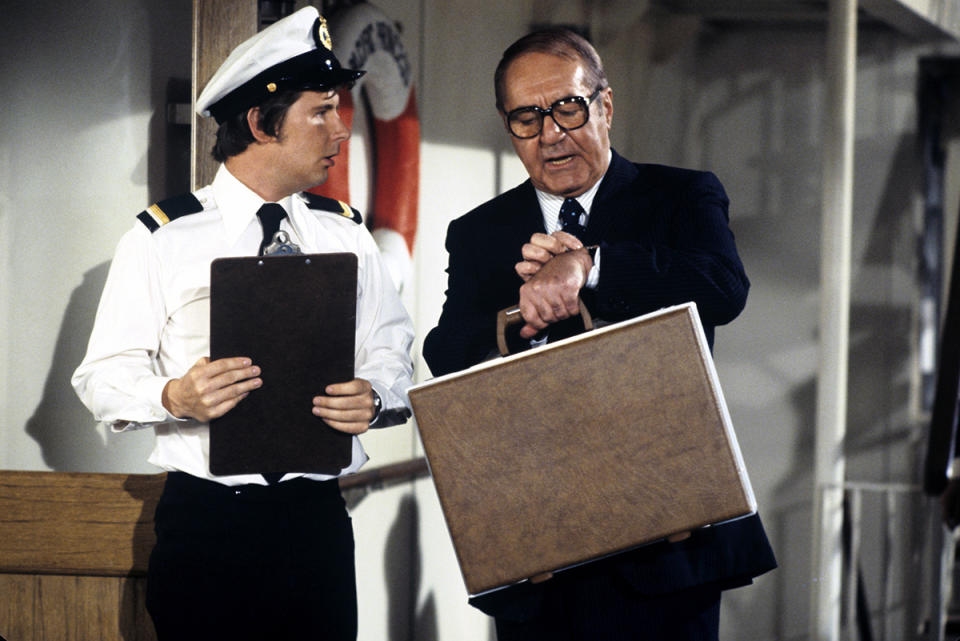
?20th Television/courtesy MovieStillsDB.com
It was the animated TV movie (Uncle Sam Magoo) that brought him back to the role, coupled with a desire to do a history of this country. He asked rhetorically, "What better format than to have Mr. Magoo turn into Uncle Sam Magoo and be present at every great historical event? And with fast cuts and montages, we trace all the exciting things leading up to Neil Armstrong's first step on the moon."
Gilligan's Island, of course, was always an important part of his life. He voiced the character of Mr. Howell in the 1974 to 1975 Saturday morning animated series The New Adventures of Gilligan and, then again, in 1982 for Gilligan’s Planet. On top of that, he played Thurston Howell III in three TV movies, Rescue from Gilligan’s Island (1978), The Castaways on Gilligan’s Island (1979) and (in a cameo due to illness) The Harlem Globetrotters on Gilligan’s Island (1981).
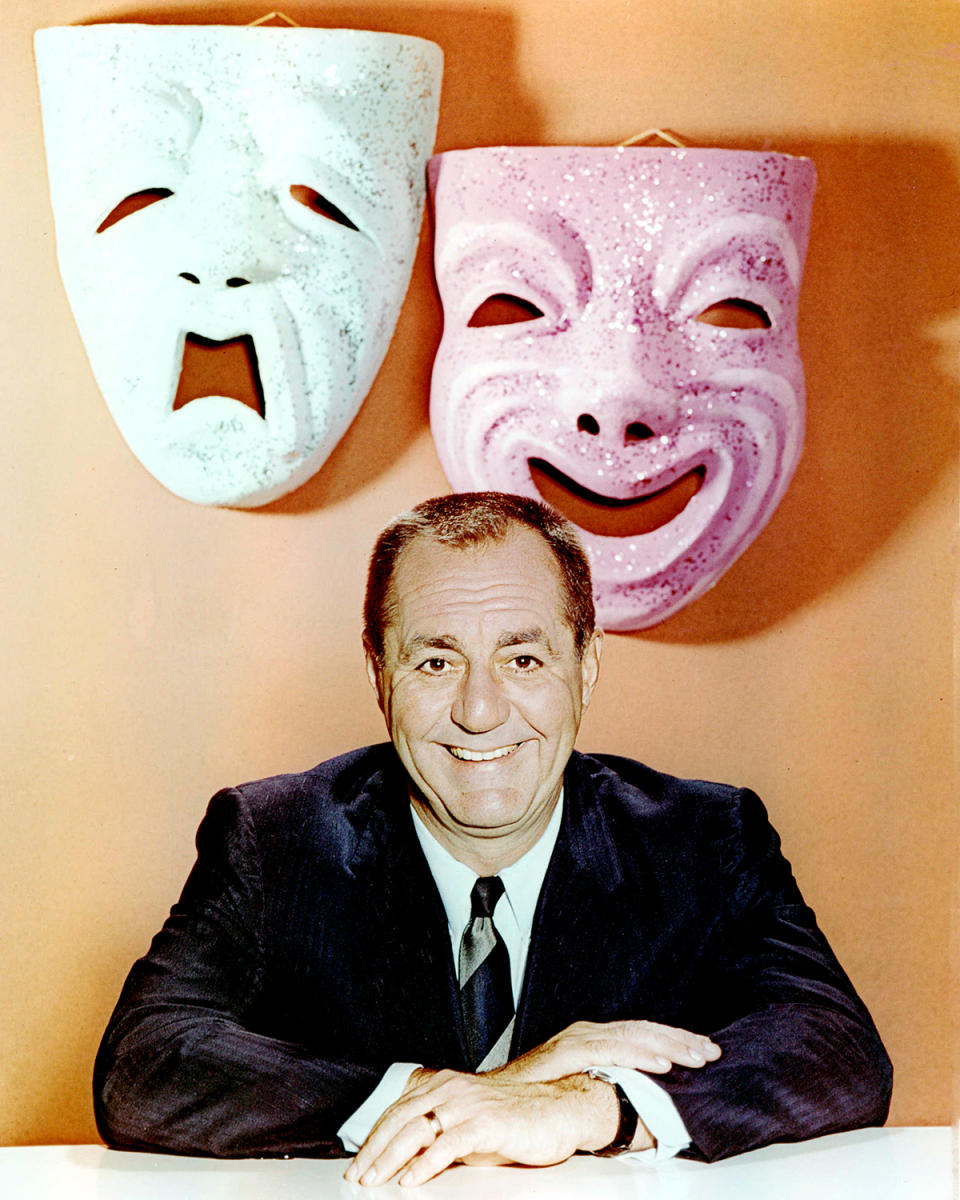
Silver Screen Collection/Getty Images
In his final years, Jim Backus spent a great deal of his time struggling with severe hypochondria that had the effect of making him a near-recluse and convincing himself that he had Parkinson's disease. He would die on July 3, 1989 at the age of 76, leaving behind his beloved wife of 33 years, Henny.
Also left behind were a couple of misters — in the form of Magoo and Howell — that have reached audiences through the decades, delighting them for more than 75 years and ensuring his ongoing legacy.
Enjoy much more in the world of Classic TV
